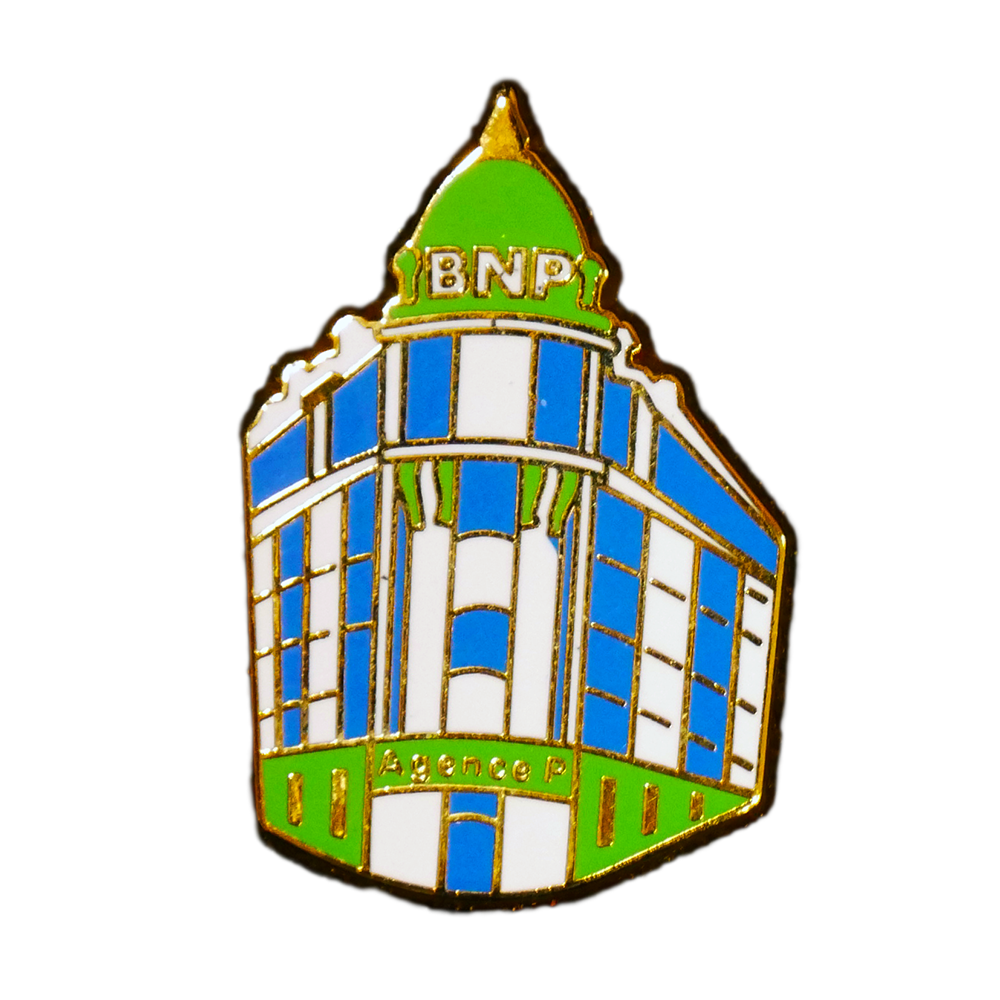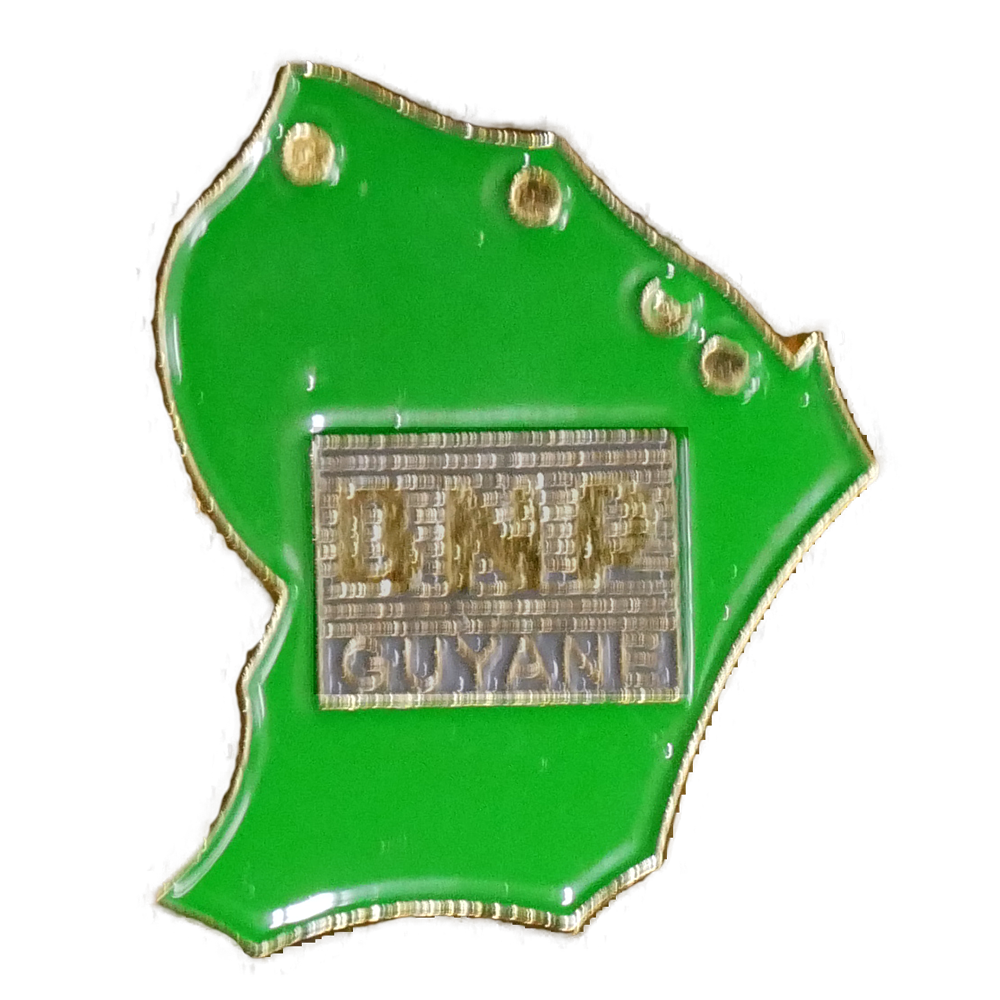The pins: a fashionable accessory to serve the influence of the bank

A pin is an insignia, usually made of metal and attached to clothing. It allows organisations or individuals to show their connection with a brand, an event, or anything they desire. It can also serve a decorative purpose. The word comes from the Old English “pinn”, meaning peg or bolt.
The early days of pins
The forerunner to the pin—the badge—first came into use during the 18th century. Present during the First World War, the pin originally served as decoration in the military profession. Then, in 1956, the radio station Europe N˚1 launched its own line of advertising pins, thus creating a new use. However, this initiative soon fell flat, as the pins were not distributed in a large enough quantity.
The pin-a work in progress
Pins gained popularity in 1987 during the Roland-Garros international tennis tournament, when they were used for advertising and to gain publicity. The pins were created by French medal maker Arthus-Bertrand and enjoyed high popularity. They thus became a fashionable accessory, as tastes began to change. The design consisted of a spike, the back of which was covered by a clasp.
Following this, pins took on a common household use and were taken up by brands and musicians. They were available during commemorative events and could be donated or obtained at consignment stores. This was also a time when companies began distributing advertising pins bearing their image.
In the early 1990s, pins were at their high point. Catalogues and books even addressed the creation of exchange pools for pin enthusiasts. The rarest pins could be worth several thousand euros.

Group pin selection from 1987 to 2000
Declining use
This period of success was short-lived. Just five years after the Roland-Garros tournament, only a few aficionados (also known as falerists or scutelliphiles) continued to collect insignia from the event.
Use today
Although they declined following success of the pin in 1987, badges ended up coming back into fashion. However, due to heavy advertising in the 1980s and 1990s, pins became a collectors’ item.
Today, their production has not quite come to a halt. Pins continue to be brandished during major sporting or cultural events.
The small insignia still have a fan following. Collector events take place every year, including one in Champeaux (Seine-et-Marne). There are also highly active sites and forums.














